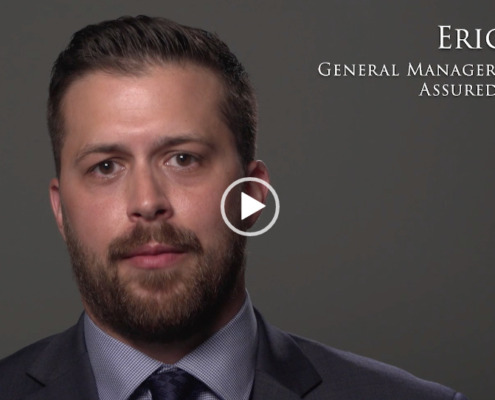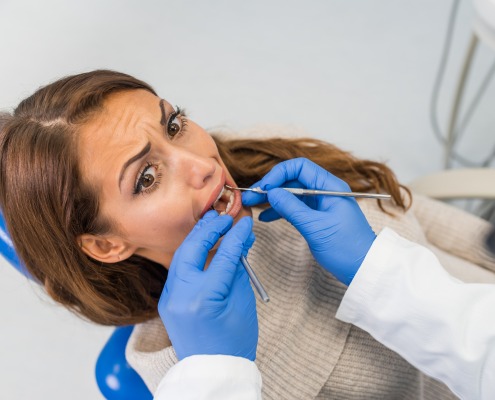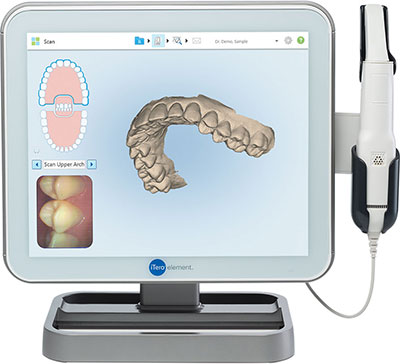
Choosing the Right Dental Laboratory: A Guide for Dental Practices
0 Comments
/
We understand that as dental professionals, you strive to…

Effective Strategies for Dentists to Help Patients Manage Dental Anxiety
We understand the vital role that dentists play in providing…

The Art of Indirect Mixed-Media Restorations: Achieving Natural-Looking Smiles in Cosmetic Dentistry
Understanding Indirect Mixed-Media Restorations
Indirect…

The Advantages of Digital Impressions in Modern Dentistry
In the ever-evolving field of dentistry, technological advancements…
